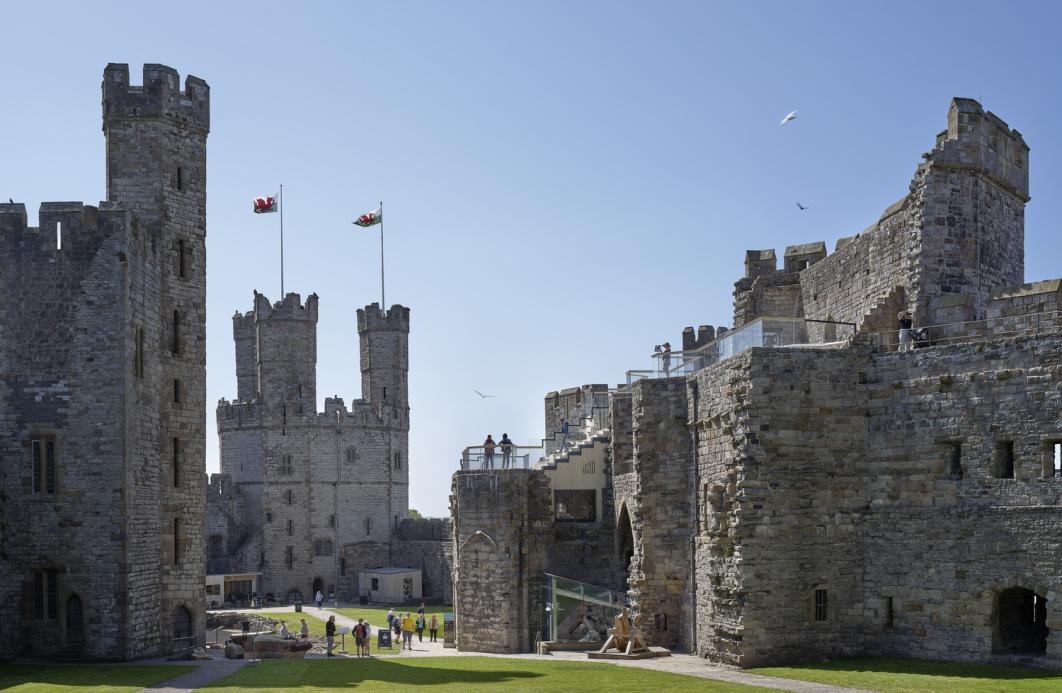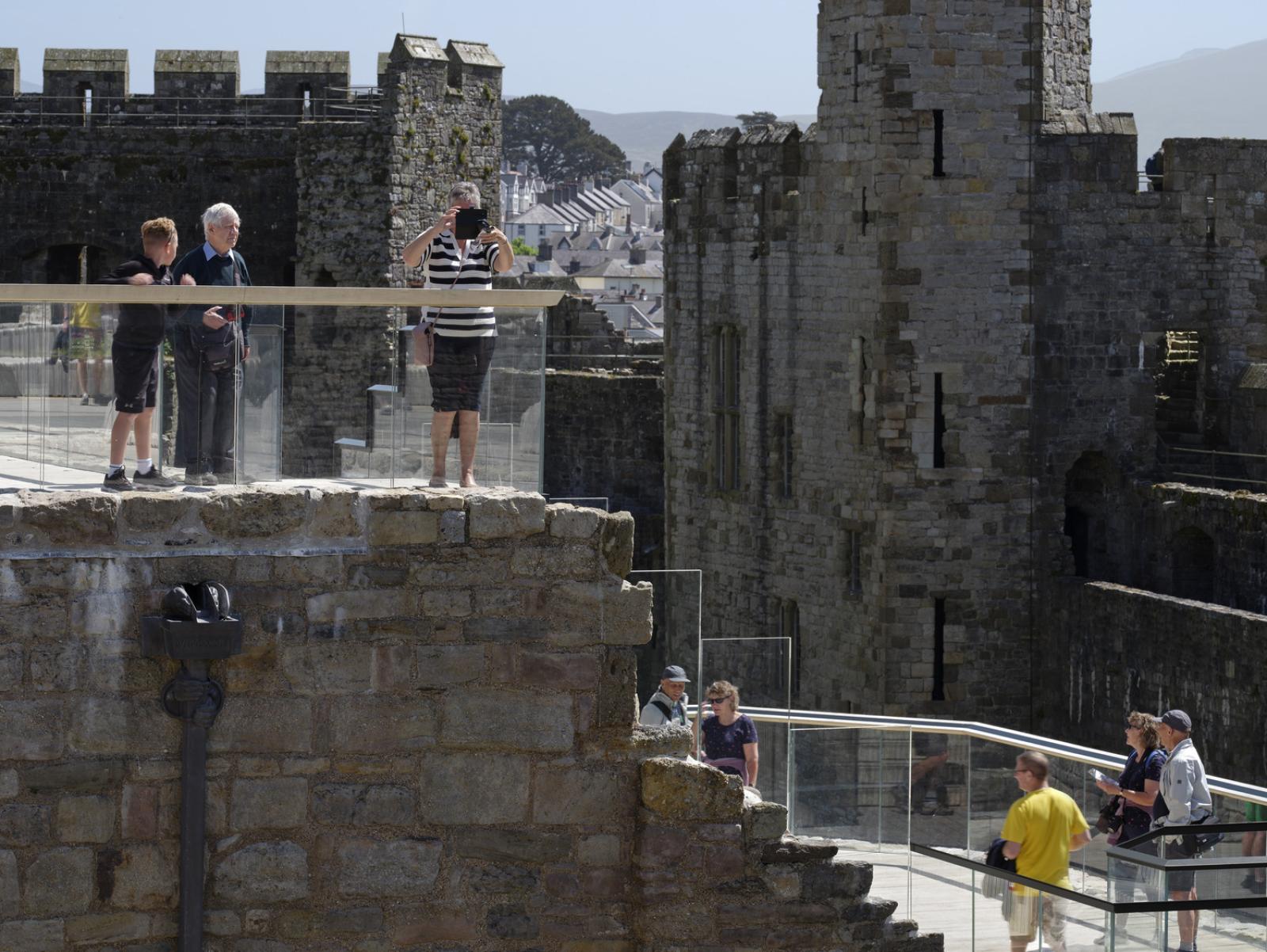
By capturing and celebrating this opinion and feedback we can close the loop from what starts as a conversation and a sketch on paper to the real life lived experience of the places we help shape.
We're starting in Caernarfon Castle where the King's Gate project opened to the public earlier this year. The project has been a labour of love for everyone involved. With the castle re-opened to the public, we wanted to ask the team from Buttress and Cadw about the stand-out elements of the site that they are the most proud of.
Chris Wilson, Head of Conservation at Cadw
Chris Wilson is the head of conservation at Cadw.
"The project was driven by a vision; to be able to stand here, with a coffee, and to look out across what is 900 years of history. We can scan around and see what we now know is the Motte-and-bailey to the Romans and the medieval period, past the Royal Welsh Fusiliers from the civil war to the Falklands, and right round to the point of 1960s investiture. It was that vision that has been delivered by this project and I'm so proud of it."
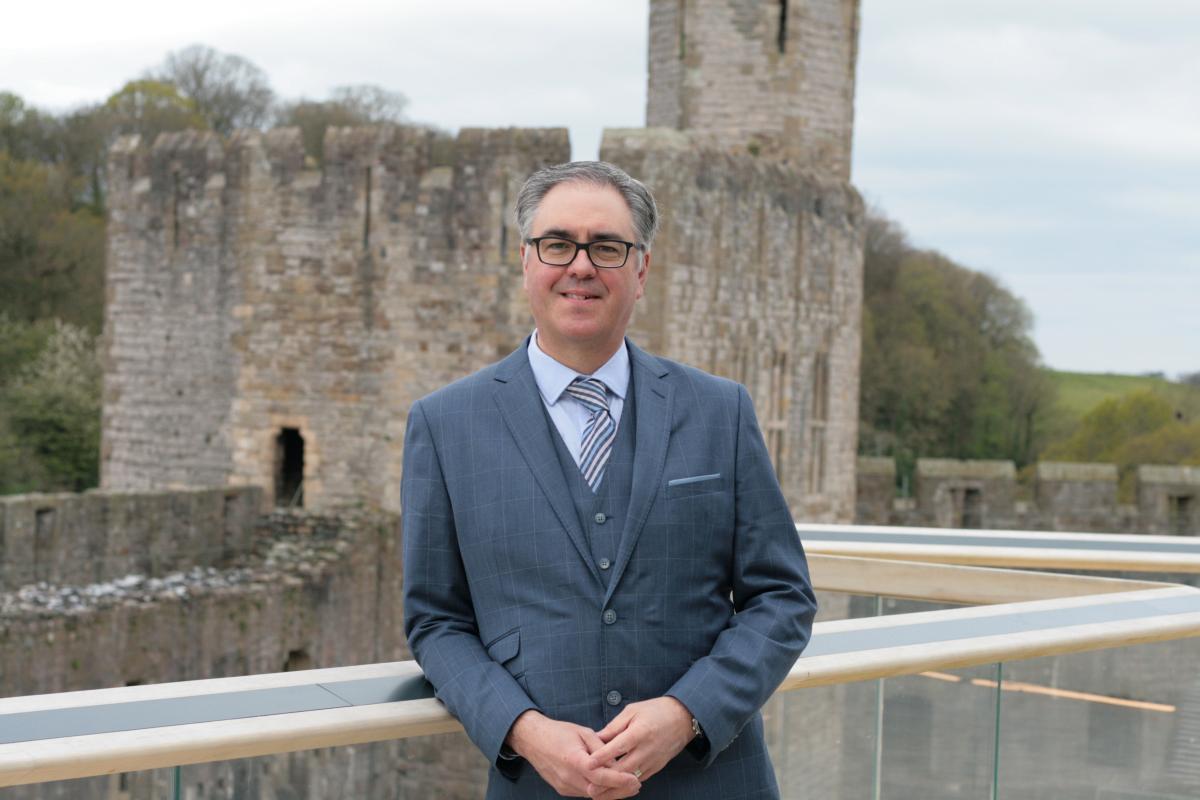
Stephen Anderson, Director at Buttress
Stephen Anderson is a director at Buttress.
Going back about four years, to the start of the project, we knew we wanted to put a staircase in place - and we knew we'd be using the existing spiral staircase. I remember sitting down with Lucy and having a sort of 'eureka' moment about the design. We've always been conscious about adding a layer to the building and the responsibility that comes with that. So we’ve built this staircase out of layers and moulded these layers to work into the space really nicely – and that created this amazing thing we’re sat in.
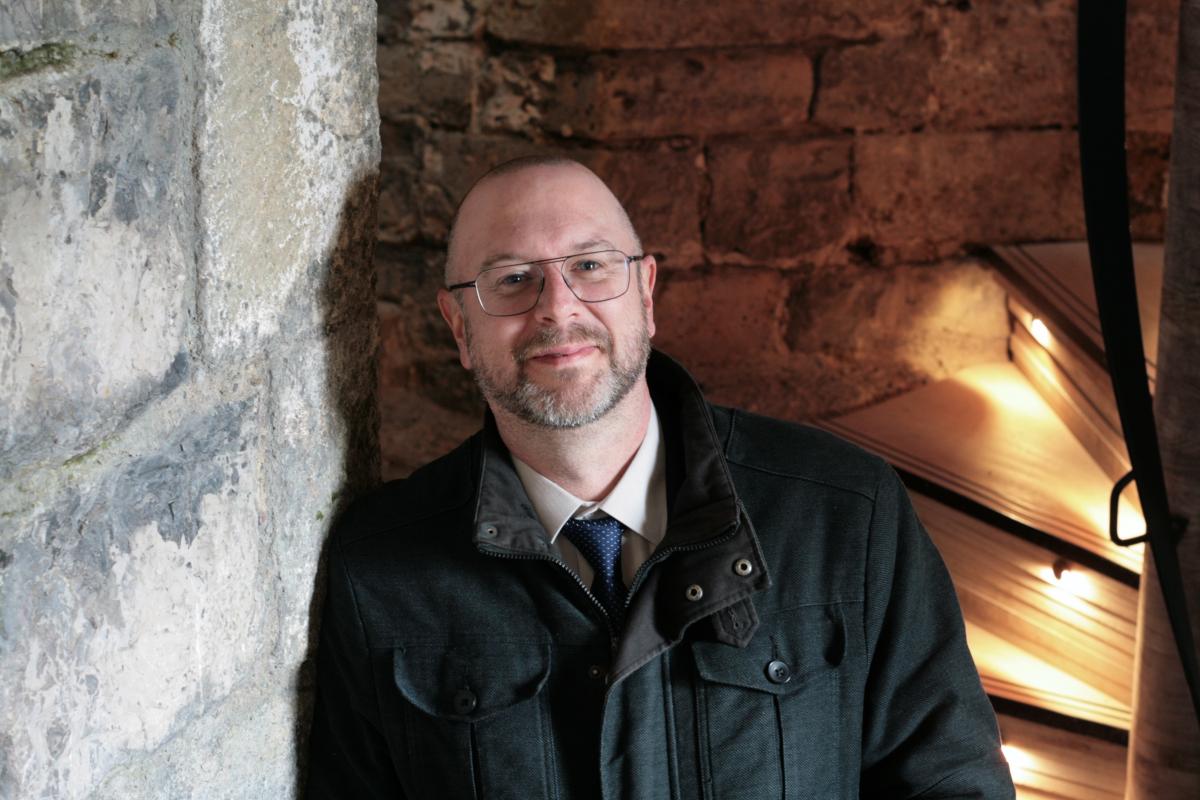
David Penberthy, Head of Interpretation, Cadw.
David Penberthy is the head of interpretation at Cadw.
The labourer’s hand structure probably stands out to me the most. I love it because it’s the beginning of the story of Caernarfon Castle. It’s a piece about the story of the people. We don’t know anything about the hundreds of faceless and nameless people who were conscripted from around England to come and prize the rock out of the soil, cut it down, dig the ditch, and all that work.
The structure was created by two artists collaborating, Graham Richardson and Glenn Adams. Graham split the rock and Glenn created the tools. So it looks like an actual piece of work going on. And the other thing that’s nice about it is that Graham’s sandblasted handprints into the rock, to suggest the muddy handprints left behind by the labourers. The handprints would be the only trace the labourers’ would have left on the castle, but we’ve actually made them permanent. So this is a permanent reminder of all the people who began the work to build the castle.
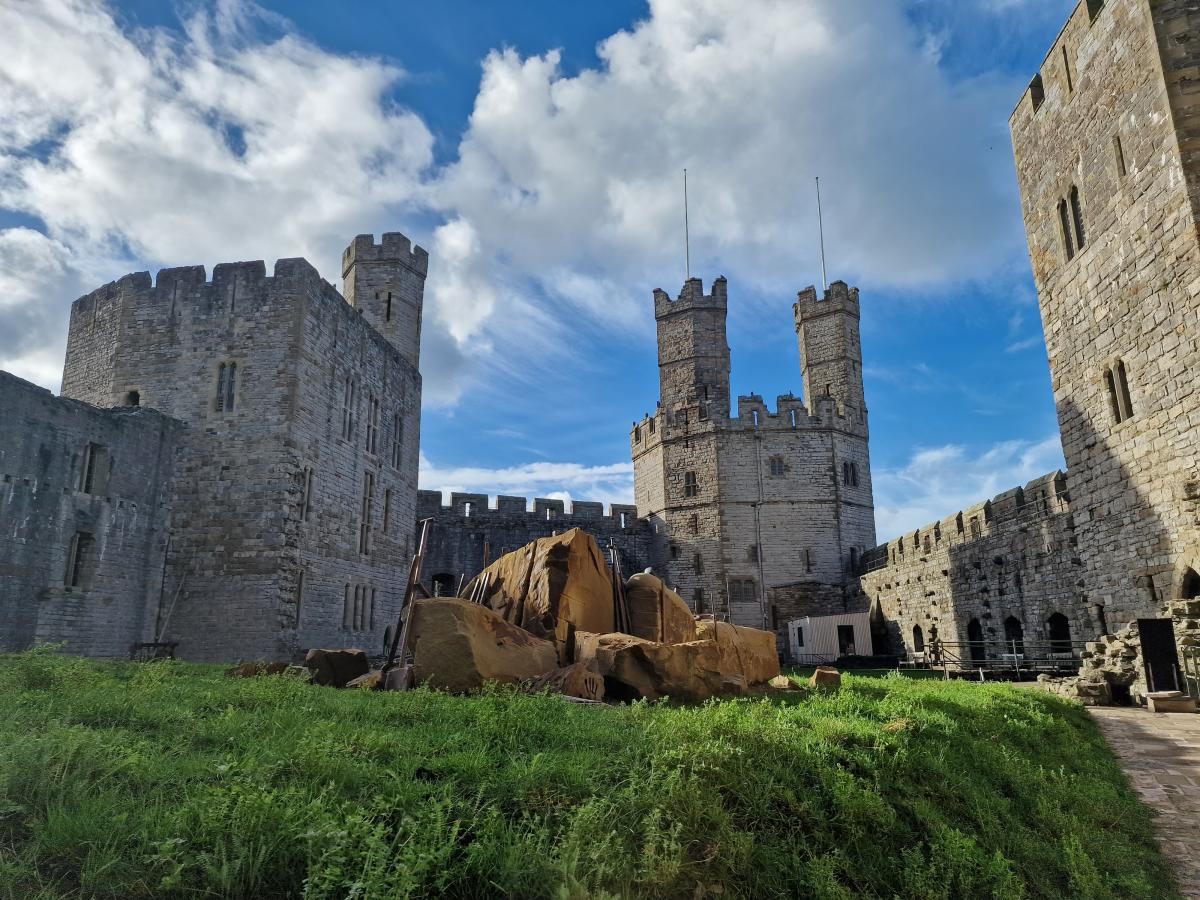
Alex Scrimshaw, Associate Technologist
Alex Scrimshaw is an associate technologist at Buttress.
The stand-out aspect of the project for me is the hours of head-scratching to get the level platform working within the constraints and confines of the castle itself. We had to work around the detailing, low-level parapets and lots of other oddities. The balustrade and timber handrail actually float over the original structure, so you can't see any of the supportive base. Basically, everything is concealed and hidden away below the deck, so you're left with this really beautifully detailed Accoya timber and amazing joinery work.
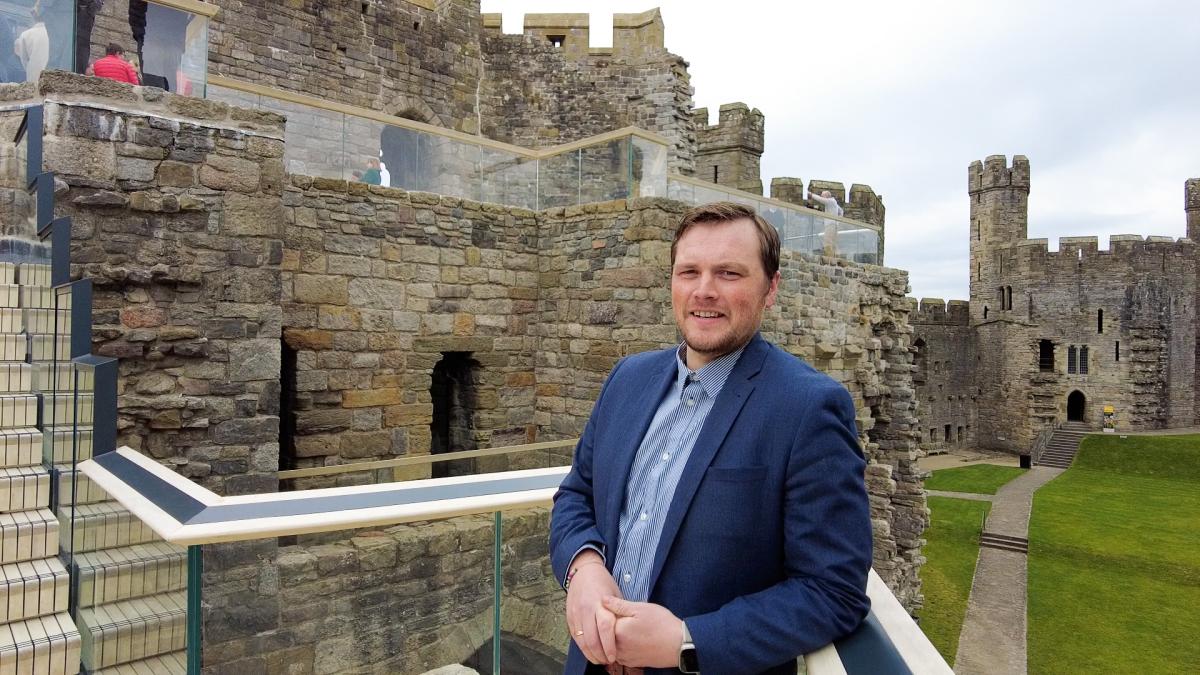
Lucy Ashcroft, Senior Architect
Lucy Ashcroft is a senior architect at Buttress.
The idea of the seating on the upper deck was a pivotal point in the design process and I knew we were onto something special. We originally had a flat deck but we wanted to come up with seating that reflected the unfinished nature of the castle. I remember showing the sketches to the Scheduled Monuments Inspector at Cadw and getting an overwhelmingly positive response. From then, it almost validated that we could make something really special.
The design was developed in collaboration with the contractors and was hand-crafted on-site by carpenters. It was just amazing to work with their craftsmanship and skills to pull it all together.
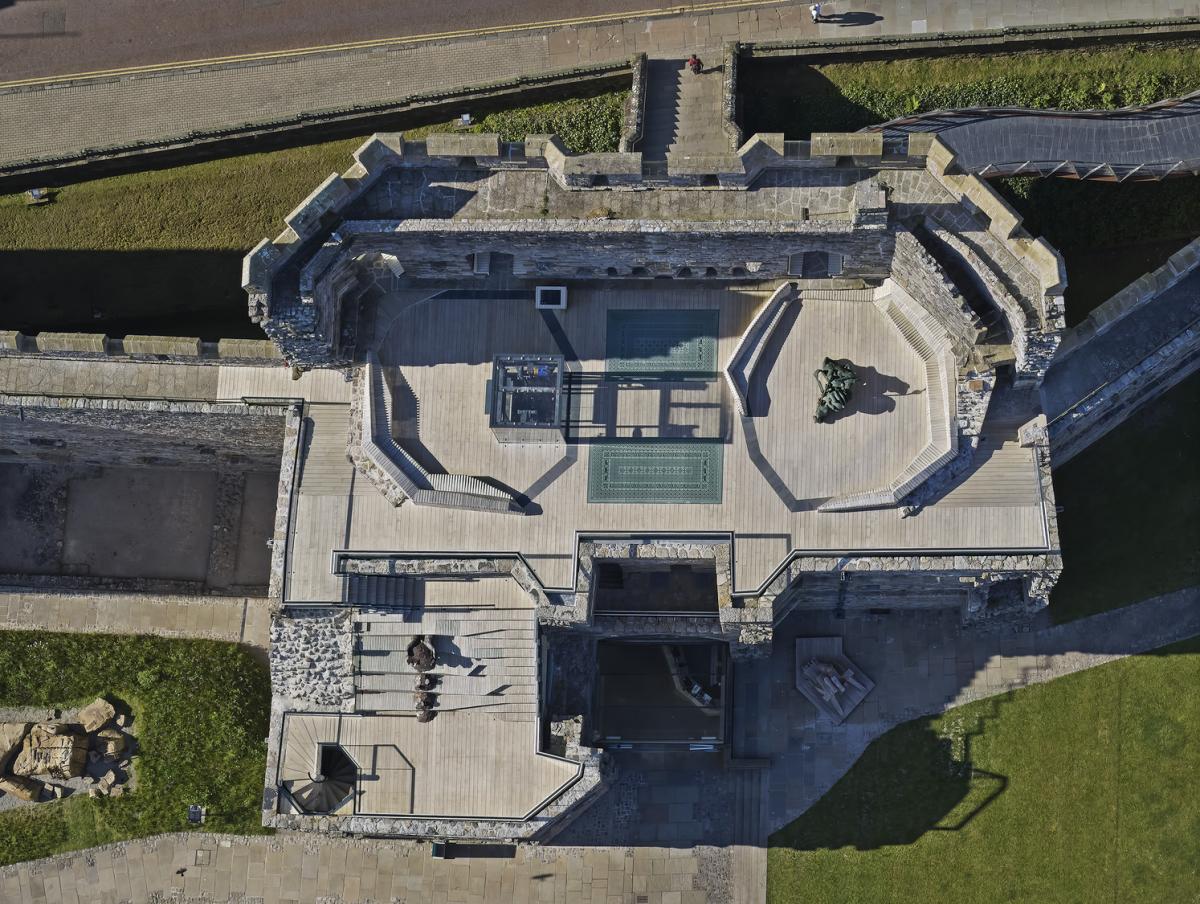
Jenna Johnston, Associate, Heritage Consultancy
Jenna Johnston is an associate and head of the heritage consultancy team at Buttress.
When I first came to the site, there was only a narrow walk across a tiny path to be able to look out of the windows on the principal elevation of King's Gate, but you couldn't reach the windows properly. I really like the idea that our design interventions enable people to now be able to experience being here in a way that they probably haven't done for at least 50 years, if not more.
There’s also the fact that there is a contested history around the castle, and for a lot of people, the castle is a symbol of oppression. We’ve tried to offer the opportunity to make it a bit more democratic by allowing people into new spaces.
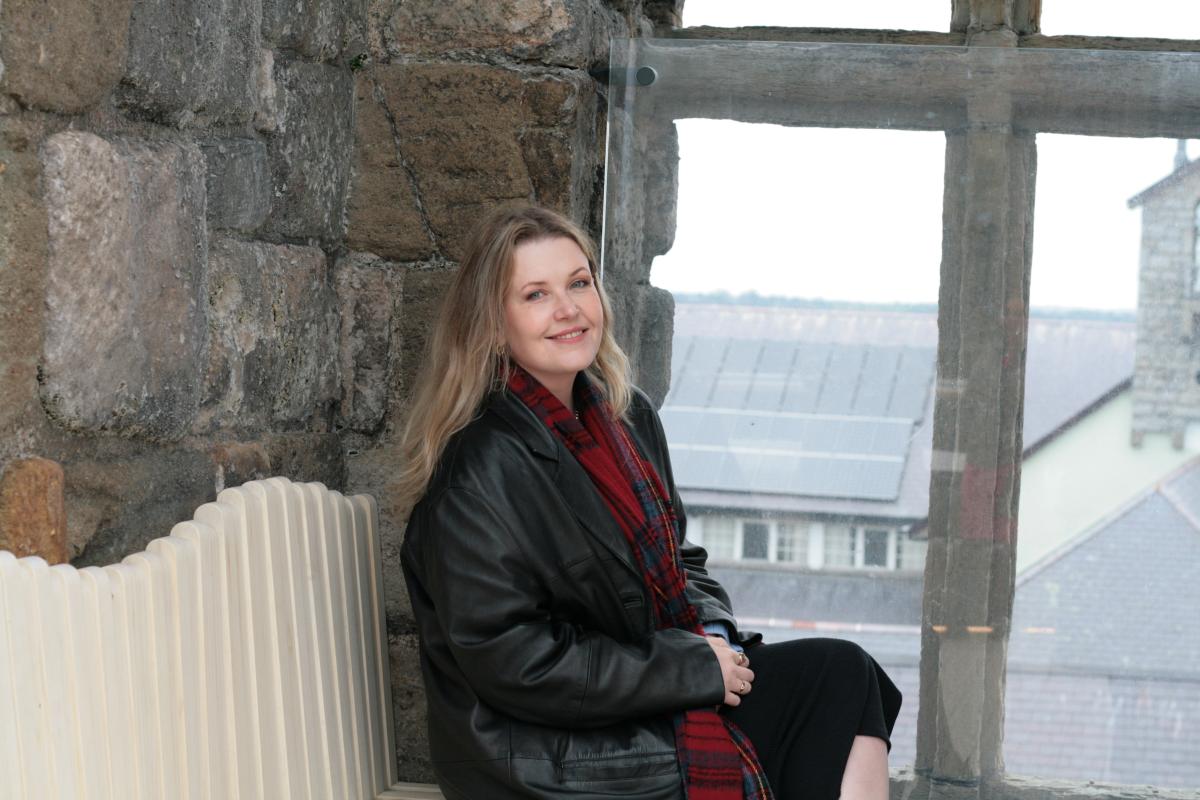
Sebstian Chambers, Architectural Assistant
Sebastian Chambers is an architectural assistant at Buttress.
As a team, we wanted to be playful with the interventions and materials inserted into the castle. However, we didn't want to overwhelm the monument and lose the connection to its purpose as a dominating structure. We made efforts to separate and retain spaces in between as they've always been. The aim was to provide spaces of calm and contrast where you still feel the castle. I feel that it's the contrast and journey through these bigger interventions and restrained spaces that really make the project a success.
You can see how the castle will continue to be used and support itself into the future, whilst not overwhelming its current purpose as an educational and culturally contemplative monument.
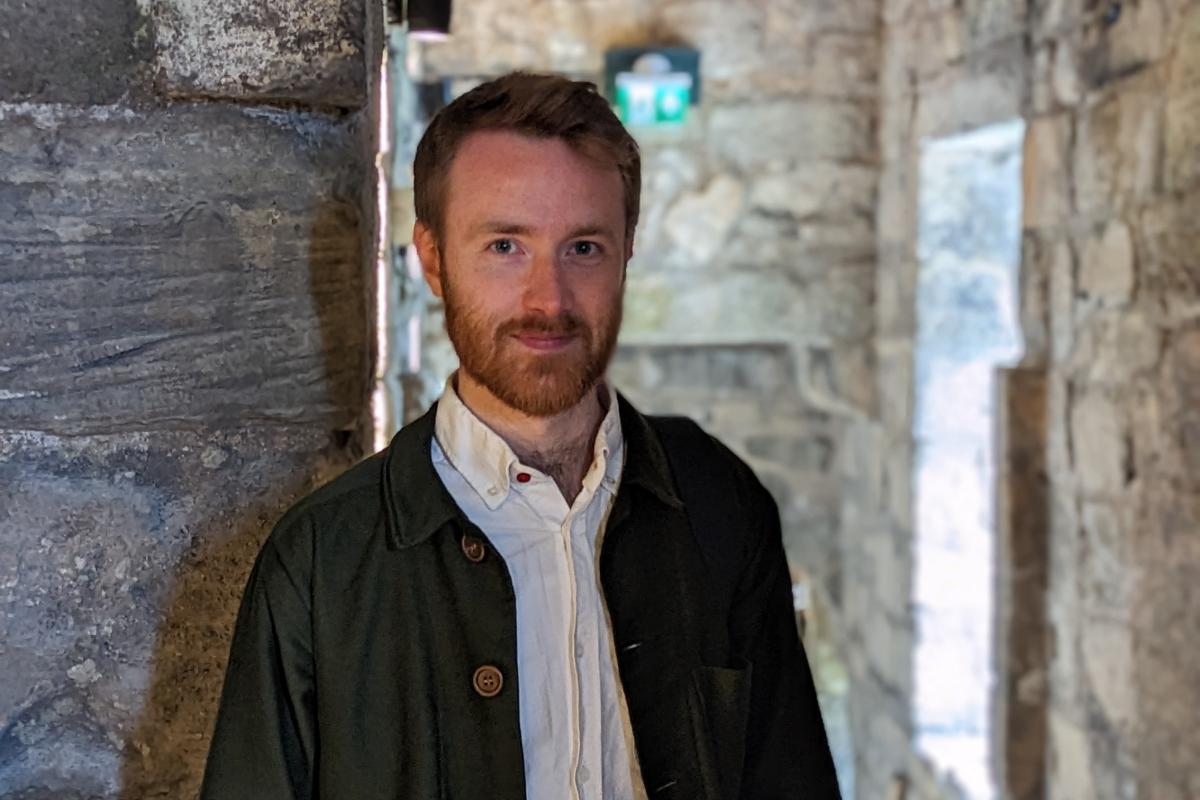
Image credits
© Daniel Hopkinson
